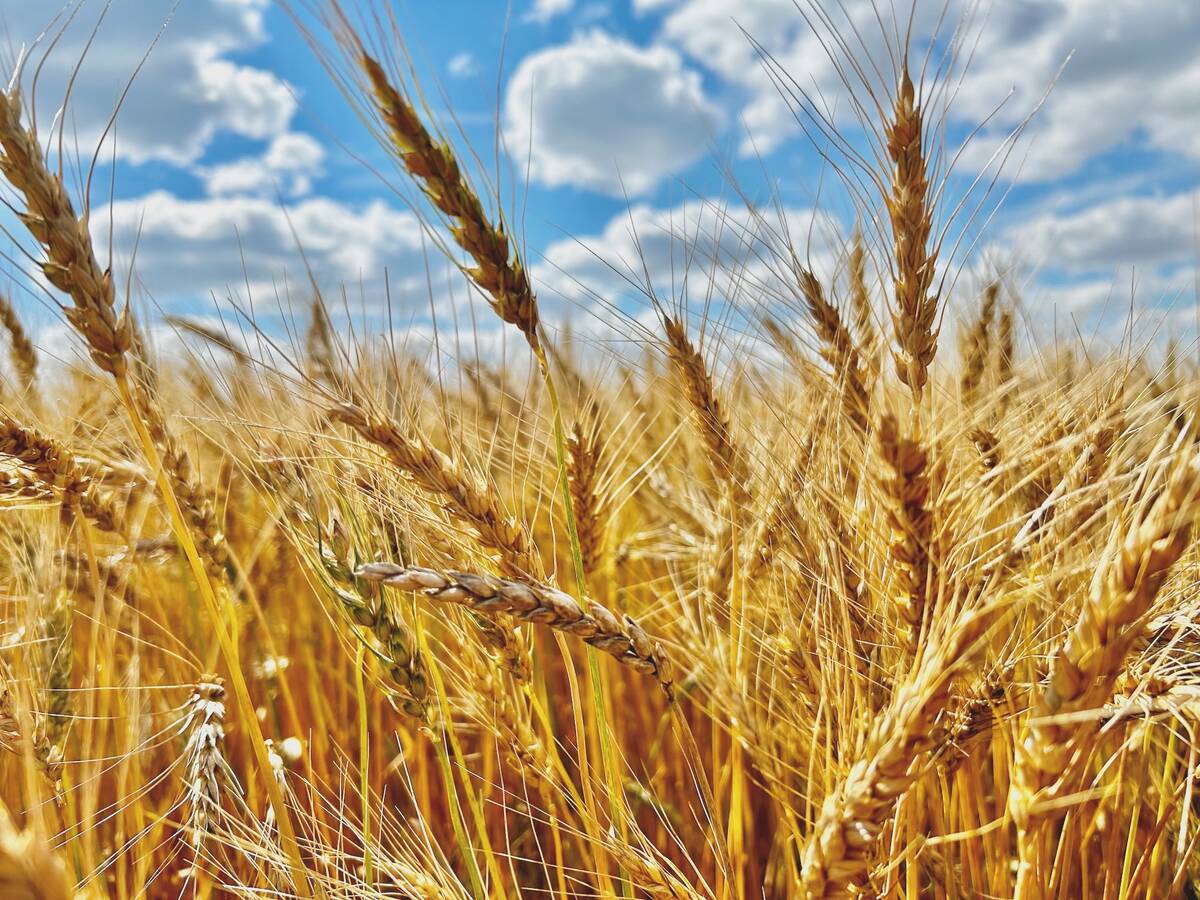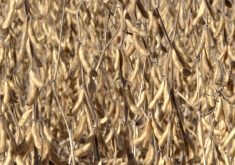CNS Canada — While it’s been a cold winter with little snow cover, there is still hope for the Prairies’ winter wheat crop as soil temperatures haven’t hit danger levels yet.
“I checked the soil temperatures this morning across the Prairies and most of the soils are about -10 C and winter wheat at this stage can still handle that level of coldness…so I think in most areas we are still OK,” Ken Gross said.
Winter wheat can handle soil temperatures as cold as -16 C, said Gross, a director with Winter Cereals Manitoba and agrologist with Ducks Unlimited Canada.
Read Also

Prairie Wheat Weekly: Modest increases for cash prices
Spring wheat and durum cash prices were moderately higher across the Canadian Prairies for the week ended Dec. 19. This was despite losses in Chicago and Kansas City wheat and Agriculture and Agri-Food Canada projecting larger all wheat ending stocks for 2025/26. Minneapolis wheat bumped up on the week, lending some support to Canadian cash prices.
Temperatures throughout the winter in Western Canada have dipped to the -30 C to -40 C range numerous times — and most of the Prairies south of the Trans-Canada Highway have been plagued with little to no snow cover.
“There’s a general lack of snow cover across the southern Prairies. So it sure would be nice to alleviate our concerns if we got a little bit of snow and hopefully warm up a little bit here too,” Gross said.
The Drought Monitor map from Agriculture and Agri-Food Canada as of Jan. 31 shows a dismal picture, with severe drought conditions in a pocket in southern Alberta and throughout south-central Saskatchewan, and extreme drought conditions around Regina and Weyburn.
The news is better in Manitoba, where there are only moderate drought conditions in the province’s southwest.
North of Winnipeg, meanwhile, there has been adequate snow cover blanketing the fields for most of the winter.
“Up here in our area we’ve had good snow cover for most of the year. So anyone who put winter wheat in I think is going to be OK so far,” said Doug Martin, interim executive director of Winter Cereals Manitoba and a farmer near East Selkirk.
There is still a chance winter wheat crops could be damaged. As the season progresses, winter wheat tends to lose its hardiness.
“March is more of a month that can do more damage on the winter wheat. So that’s where we’ve seen in past years more of the damage,” Martin said.
For the drier areas, if the winter continues without snow, producers should plan to apply nitrogen as soon as possible in the spring, according to Gross.
“If the crop is coming out of the winter a little bit weak, it needs a little bit help… the fertility will help it grow quickly and move through that very successfully.”
The lack of moisture isn’t just affecting Canadian winter wheat; south of the border crops are struggling as well. The U.S. Department of Agriculture’s wheat outlook report, released Monday, notes no significant precipitation in the last four months across the southern Plains, causing further deterioration of winter wheat.
According to Gross, the U.S. usually loses about 10 per cent of its winter wheat crop each year to winterkill.
U.S. growers, according to USDA’s Monday report, seeded 32.6 million acres of winter wheat, down one per cent from 2017.
In Canada, winter wheat acres are down as well. According to Statistics Canada, 335,000 acres of winter wheat were seeded in the fall in Western Canada, compared to 535,000 acres the previous year.
This isn’t surprising to Gross. Farmers told him they hadn’t seeded as much winter wheat due to dry conditions which plagued the Prairies last summer.
“There was interest in seeding winter wheat last fall but it was just so dry it was hard,” he said. “Guys were really reticent to get out there and seed into concrete.”
— Ashley Robinson writes for Commodity News Service Canada, a Glacier FarmMedia company specializing in grain and commodity market reporting. Follow her at @AshleyMR1993 on Twitter.
















